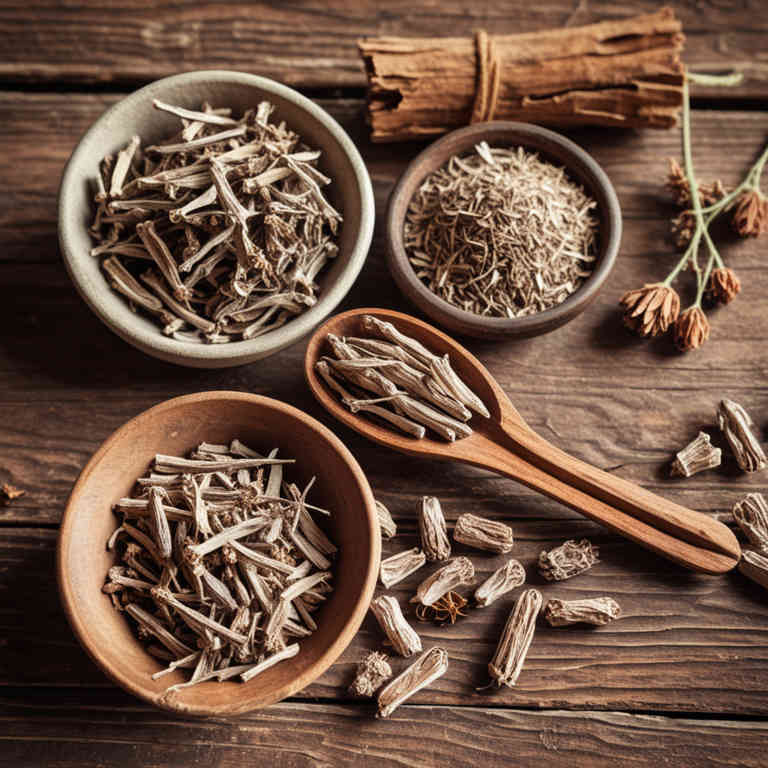Glycyrrhiza uralensis linctuse for medicinal use

Glycyrrhiza uralensis linctuse is a traditional herbal preparation made from the dried root of the licorice plant.
It is commonly used in herbal medicine for its soothing and expectorant properties. This preparation helps to relieve symptoms of respiratory conditions such as coughs and bronchitis by loosening mucus and reducing inflammation in the throat. It is often prepared as a syrup or tincture and is valued for its mild, sweet taste.
In herbalism, it is also used to support digestive health and as a mild anti-inflammatory agent.
Uses
Glycyrrhiza uralensis linctuse has been used to soothe respiratory conditions and alleviate coughing for centuries.
Historically, it was a key component in traditional Chinese medicine, where it was valued for its anti-inflammatory and expectorant properties. In ancient times, it was also used in European herbal practices to treat bronchitis and other respiratory ailments. Modern applications include its use in herbal remedies for coughs, asthma, and as a mild expectorant in pharmaceutical preparations.
Today, it is still widely used in both traditional and complementary medicine for its potential therapeutic benefits.
Benefits
Glycyrrhiza uralensis linctuse has health benefits such as soothing respiratory tract irritation, reducing coughing, and alleviating symptoms of bronchitis and asthma.
It is known for its anti-inflammatory and expectorant properties, which help to loosen mucus and ease breathing. The preparation may also support the immune system and has been traditionally used to treat sore throats and vocal cord inflammation. Additionally, it contains glycyrrhizin, which has antiviral effects and may help in managing certain viral infections.
However, long-term use should be monitored due to potential side effects like hypertension.
Constituents
Glycyrrhiza uralensis linctuse active constituents include glycyrrhizin, flavonoids, saponins, and polysaccharides.
Glycyrrhizin is a key component known for its anti-inflammatory and antiviral properties. Flavonoids contribute to the preparation's antioxidant and immune-modulating effects. Saponins may support respiratory health by reducing mucus production.
Polysaccharides are believed to enhance immune function and have potential antitumor properties.
Preparation
To make Glycyrrhiza uralensis linctuse, first gather dried licorice root and clean, filtered water.
Boil the water and add the licorice root, letting it simmer for about 20 minutes. Strain the liquid to remove the plant material, then allow the mixture to cool slightly. Once cooled, add a sweetener such as honey or sugar to taste and stir well.
Finally, store the linctuse in a sealed container in the refrigerator for up to one week.
Side Effects
Glycyrrhiza uralensis linctuse may lead to increased blood pressure, fluid retention, and electrolyte imbalances due to its high content of glycyrrhizin.
Prolonged use can cause potassium depletion, which may result in muscle weakness and heart rhythm disturbances. It may also stimulate the adrenal glands, leading to symptoms similar to Cushing's syndrome. Individuals with hypertension, heart disease, or kidney issues should use this preparation with caution.
Side effects can be minimized by following recommended dosages and consulting a healthcare professional.